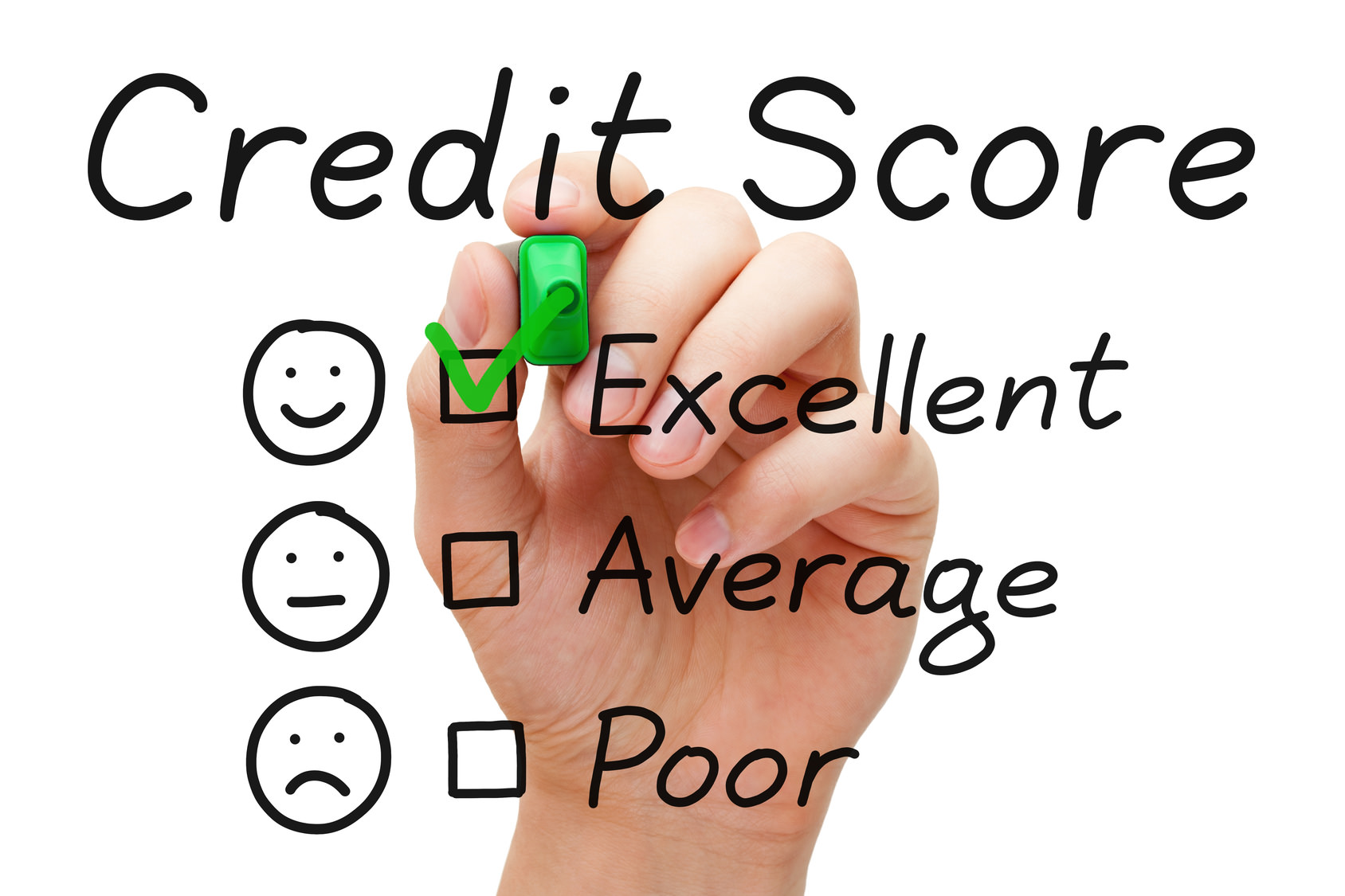With some hard work and smart planning, you can have great credit after bankruptcy.
Thinking about bankruptcy but terrified of the negative credit implications?
Don’t believe it when someone tells you that your credit will go up once you’ve gotten rid of the mountain of unpaid debts and past due accounts?
I get it – most people are convinced their credit will be terrible after bankruptcy. In fact, lots of people think they’ll never be able to get credit every again.
Let’s take a step back and talk about some really easy ways to keep your credit camera-ready and stellar in a post-bankruptcy world. It’s easier done than you think.
- Check your credit report before filing for bankruptcy. This way you’ll be in a position to list every possible debt, giving notice to all creditors and wiping out every obligation.
- Triple check your bankruptcy schedules. Make sure no creditor, debt collector, debt buyer, lawyer or other entity is left off your paperwork submitted to the court. Though unlisted debts are considered to be discharged in a no-asset Chapter 7 bankruptcy case in many places, you don’t want to deal with problems involving lack of notice.
- Check your credit report 60 days after the case is completed. Creditors may take a month or so to update their reporting, so give them enough time to get it right. Review the reports and make sure every tradeline is properly updated to show that the debt was wiped out in your bankruptcy case.
- Dispute any errors. If there’s something wrong on your credit reports, don’t grouse about it – follow the procedures necessary to get the errors into the dispute system.Related: How To Correct Credit Report Errors
- Pay remaining debts on time – every month. If you’ve got a student loan that wasn’t wiped out in your bankruptcy, the lender will keep reporting new payments. Make sure those payments are on time to build up evidence of new payments.
- Keep records of other payments. Unless you reaffirmed your mortgage or car loan, those accounts won’t report payments once the bankruptcy is over. Keeping records of your timely payments will give you ammunition when you apply for a new mortgage or car loan.Related: How Your Mortgage Shows Up On Your Credit Report After Bankruptcy
- Don’t apply for new credit for 12 months. You think you need to build new credit, and you do. But first you need to learn how to live within a budget. Take the time necessary to begin new financially sound habits.
- Set up autopay. Use your online banking system to make sure you pay all of your bills automatically. If you never miss a payment, that’s a big plus.
- Pay 90% of your credit card balance each month. Eventually, you’ll dip your toe back into the waters of credit cards. Part of your credit score involves the percent of your debt limit that’s available. Another part looks to your recent charging activity. Paying your balance in full each month means that most creditors won’t report the activity at all – but paying 90% of the balance due will show the activity as well as the fact that you’ve got lots of available credit as your disposal.
